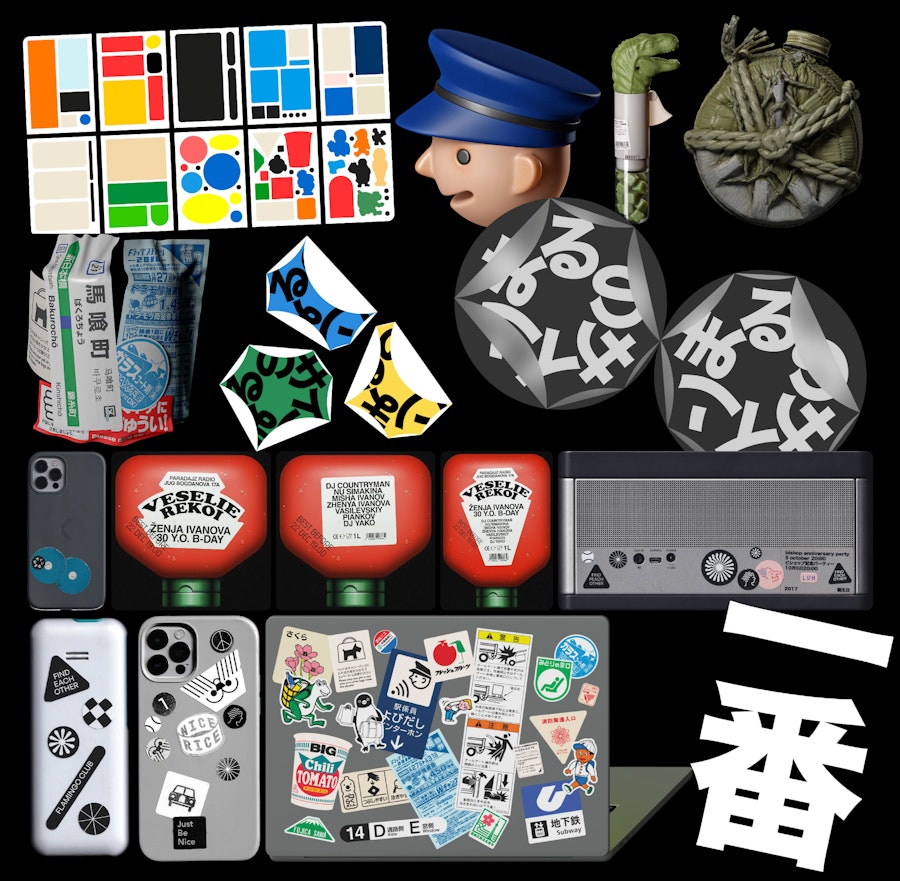Potato Expectations
Lifting the crisp, warm package to his lips, the golden-brown crust cracked softly against the paper, revealing a promise of what was to come. Taking his first bite, the delicate crunch gave way to a tantalising cacophony of deep-fried potato warmth.
Ha! But SRS, Ray Kroc (RIP) would never have known his maniacal lust for order, by way of systems and protocols would crescendo to fulfil the desires of a Dad in chaperone mode after his kid’s Saturday morning football. Expectations, delivered.
Steering wheel in one hand, half-eaten hash brown in the other, I thought about Ray and his McDonald-themed world. Not the food itself but the experience. A well-oiled, repeatable, reliable masterpiece. And yes, Maccas is an evil globo-mega-corp, but if you squint hard enough, there are some good kernels of wisdom to be harnessed.
The book “The E-Myth Revisited” is an homage to Ray's ways and a guide to applying systems thinking to any business. The hook is that you want to be working on your business, not in your business. If you’re a slave to your business, you don’t have a business; you have a job.
It’s calm, say less.

Your business is a multifaceted universe. Your task is to keep it spinning while consciously identifying patterns and documenting processes that make each facet a repeatable component.
Slowly, you amass a fault-proof bible for running your universe. You are now ready to replace yourself (God). You won’t need a based 10x engineer to save the day. You need a go-getting systems-deprived disciple ready to adopt your blueprint.
As you progressively replace yourself, you eventually free yourself of day-to-day operations in favour of finessing the system. ALWAYS BE strategising, prototyping, documenting, and iterating.
Can turn-key thinking work for creative studios? Yes. Do you need to settle a monotony-filled Canva-esque pipeline of mediocrity to do so? No.
In fact, systems thinking will reduce your time on rudimentary tasks and increase your time on meaningful tasks. You can steadily add immense value to your overall customer experience.
I’ve spotted evidence of creative studios attempting RAY's WAYS™. A recent read on working with clients (unrelated) was written by HAWRAF, a studio that generously published a treasure trove of behind-the-scenes processes as their parting gift when they closed (RIP).
when the studio announced it was shutting down after only a few years in business, the four partners decided that their final act would be to live up to that initial idealism: They scrubbed their internal documents of client names and published them in a public Google Drive folder.
Another reference I think of fondly is Tom Sach’s 10 Bullets—a military-esque set of principles for fellow artists to abide by. Finally, I came across Gardener NYC’s Notion Resources. Hardly a comprehensive list, but evidence nonetheless.
Long-lasting studios probably keep their E-Myth bibles close, knowing well that their value often stems from how you work, not necessarily what the work is.

Eyeballs: Nikitava Silevskiy’s workflow makes my graphic design soul happy.

Reads: Social feeds have become dens of short-span, barely viable, ephemeral dopamine hits that leave you feeling numb. Counter to this is The Slow Web. In response to “Fast Web distress”:
What’s missing in these cases is an inherent sense of rhythm.
Reliable rhythms lead to predictable outcomes, and rhythm is an expression of moderation.
This is a tremendously important distinction between Slow Web and Fast Web. Fast Web is destination-based. Slow Web is interaction-based.
Related, The Revenge of the Home Page further validates this movement, a proposed return to visiting web destinations with intent, on your terms.
SM-ism: SLICK MOLEMAN is a slippery citizen hailing from the bustling underground metropolis of Tunnelton. Stealthy and agile, he unmatched skill in slipping through the tightest of spaces.
AH-HA:
You are under no obligation to be the same person you were five minutes ago.
Alan Watts
